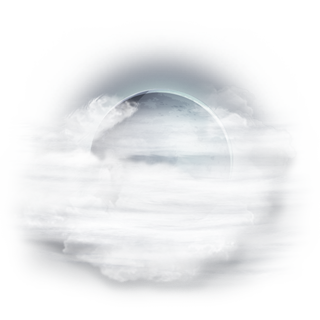A few weeks ago, I was introduced by the Brandeis Anime and Cosplay Association (BACA) to a new series I’d heard about but had never gotten around to watching. That series happened to be “Genesis of Aquarion,” more commonly known as “Aquarion” for short.
At its most basic level, “Aquarion” is a mecha genre anime (mecha being a genre of anime involving giant robots) about a war between humanity and an advanced mysterious race of eternally youthful winged-creatures called “Shadow Angels;” they harvest humans like livestock in order to provide nutrition for their “Tree of Life.”
The show provides viewers with a complicated plot that has a broad appeal and makes it much more than a simple show about fighting machines. It’s aided in this by a rich back story that adds a romantic subplot.
Twelve thousand years before the beginning of the series, the Shadow Angels were in the process of subjugating the human race. Things became a bit complicated when Apollonius, the Shadow Angel chosen to pollinate the Tree of Life, fell in love with Celiane, a human warrior, and subsequently chose to defect to the human side.
Upon switching sides, Apollonius gave the humans the one weapon effective against the Shadow Angels: the “mechanical angel” Aquarion. As punishment, Apollonius had his wings removed. With Apollonius’ help, the humans fought the Shadow Angels to a stalemate. With the death of Apollonius, the Shadow Angels entered a period of hibernation, choosing to wait 12,000 years for Apollonius to reincarnate and finish the war.
Twelve thousand years later, humanity finds itself in the 11th year of its fight against the latest Shadow Angel invasion. In the midst of this struggle, humanity has rediscovered Aquarion. An elite group of pilots known as the “Elements,” who are capable of controlling Aquarion, search the world for the long-prophesied return of Apollonius. While searching, they stumble across a feral orphan named Apollo; he manages to summon Aquarion and pilot it with natural skill after his friends are captured by Shadow Angels.
In addition to Apollonius, another important character proves to be Silvia de Alisia, a former princess and the reincarnation of Celiane. Silvia serves as the primary female protagonist. Initially, she believes her brother, Sirius, is destined to be the new “Solar Wing”—the title once held by Apollonius. She considers Apollo, on the other hand, to be nothing more than a beast, but she eventually develops a strong affinity for him and subsequently realizes she’s in love with him.
Other characters help create a strong ensemble that adds flavor to the episodes. One of these is Silvia’s brother Sirius, a swordsman obsessed with aesthetics; he hates Apollo since the orphan made it apparent that Sirius was not Apollonius reincarnated. Other characters include former soccer star Pierre, enigmatic leader Gen Fudou, and new recruits Tsugumi and Jun.
On the other side of the war, Toma, the “Holy Angel,” leads the Shadow Angels. Toma adds a level of depth to the conflict that makes the enemy Shadow Angels a side with which one can sympathize.
Aside from the characters, the show features a fascinating core concept. In order to merge the three “vectors” of Aquarion, three pilots must successfully merge their minds and souls. I do, however, have one warning about the show that relates to this. While the concept is interesting, the enactment literally sounds like something a little more explicit; for someone not warned in advance, it can be a little jarring.
That being said, the merge concept also adds a degree of comedic relief to a few episodes. Curious rookies will ask about merges and are then repeatedly given answers that sound like sexual euphemisms.
Ultimately, this “mature” element gets set aside as the story allows the mecha genre to shine through. The animation style employed by the show serves as a homage to the mecha anime of the 1970s and ’80s. While based on the look of older shows, this effect is executed using modern techniques like computer-based animation and CGI, which contribute 3D effects like depth. Luckily, the use of these 3D effects is rather limited, which still allows the show to feel like a traditional animated series—just with the occasional addition of advanced imagery.
With great animation, interesting concepts and decent characters, “Aquarion” tries to appeal to everyone while providing an entertaining show. It’s not necessarily a show that would serve as the greatest of introductions to anime but, for the occasional anime fan, “Aquarion” can be great.


